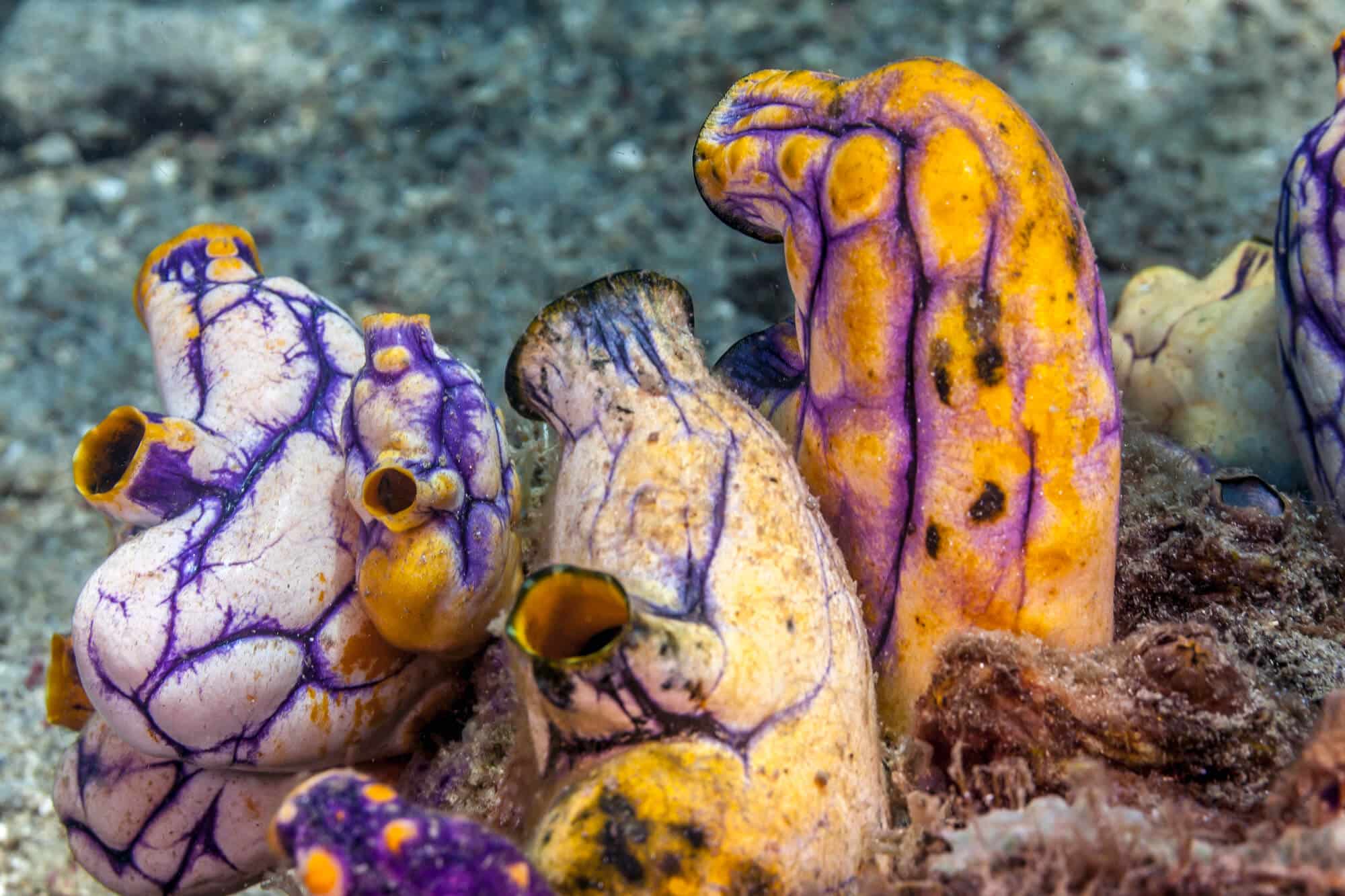In the Gulf of Eilat it was discovered An animal, which belongs to the methenic system, can regenerate all its organs so that each piece knows exactly how to complete all the missing body systems and in a short time

An extraordinary discovery in the Gulf of Eilat: researchers from Tel Aviv University have discovered a species of acetlan, a marine animal common in the Gulf of Eilat, which is able to regenerate all its organs - even if it is divided into three parts. The research was conducted under the leadership of Prof. Noa Shenker, Prof. Dorota Hoshon-Popko and Tal Gordon from the School of Zoology in the George S. Wise Faculty of Life Sciences and the Steinhardt Museum of Nature, Tel Aviv University. The findings of the surprising discovery were published in the leading journal Frontiers in Cell and Development Biology.
"This is an exciting discovery, since this is an animal that belongs to the string system - animals with a back string - which also includes us mammals," explains Prof. Noa Shankar. "The ability to regenerate organs is common in the animal world, and even among methodontists you can find animals that regenerate organs like the gecko that knows how to build a new tail. But not whole body systems. Here we found a flexible animal that can regenerate all its organs even if it is separated into three pieces, so that each piece knows exactly how to complete all the missing body systems and in a short time."
There are hundreds of species of acetylenes, and they are found in all oceans and seas. Anyone who has ever opened their eyes underwater has seen acetylenes without knowing it, as they often disguise themselves as bumps on the surface of rocks and are therefore difficult to spot. The animal in the new study is an acetlan of the species Polycarp mytiligera Very common in the coral reef in Eilat.
"The acetlan is a simple organism by all accounts, with two openings to the body: an entrance and an exit," says Tal Gordon, whose new research was part of her doctoral thesis. "Inside the body there is a central organ that resembles a pasta strainer. The acetlan draws the water through the entrance, the strainer filters the food particles that remain in the body - and the clean water comes out of the exit. However, Acetlan also has complex systems such as digestive system, nervous system and heart. Among the invertebrate animals, they are considered the closest to us from an evolutionary point of view."
The Acetalian class is famous for its ability to regenerate, but so far these abilities have mainly been identified in asexual reproduction. Never before has such a high regenerative capacity been discovered in a hermitian animal that reproduces by sexual reproduction only.
"There are species of acetylenes that perform regeneration simply to reproduce," says Gordon. "These are species with a colonial lifestyle: many identical individuals linked between them. They replicate themselves to grow. On the other hand, Hatzlan from Eilat, Polycarp mytiligera, is an organism with a single, solitary lifestyle, without the ability of asexual reproduction, similar to humans. In previous studies we have shown that this species is able to regenerate its digestive system and the area of the entrance and exit openings within a few days. But then we wanted to see if he was able to renew all his body systems. We took several details from Eilat and divided them into two parts, which completed the missing part without any problem. In a subsequent experiment, we divided several dozen individuals into three parts, leaving a body part without a nerve center, a heart and part of the digestive system. And contrary to expectations, not only did each part survive the cut by itself, all the organs regenerated in the three parts. Instead of one acetlan - three were created. This is very surprising. Such a regenerative capacity has never been discovered among single species that reproduce by sexual reproduction, anywhere in the world."
Prof. Shanker concludes: "Since the dawn of humanity, humans have been fascinated by the ability to regenerate damaged or missing organs. Regeneration is a wonderful ability that we have to a very limited extent, and we would like to understand how it works - to try and implement it in our body as well. Anyone who puts their head in the water with a mask in the Gulf of Eilat can find this intriguing acetlan, from which we may be able to deduce processes of tissue regeneration that can help the human race."
More of the topic in Hayadan:
